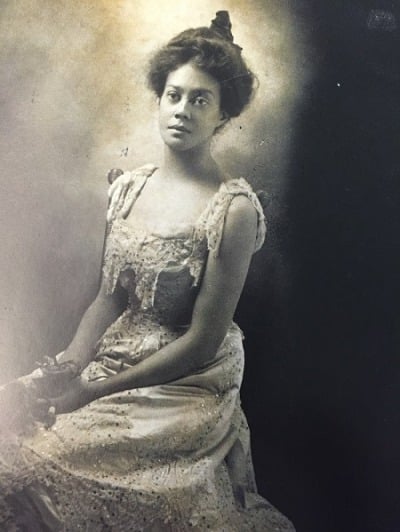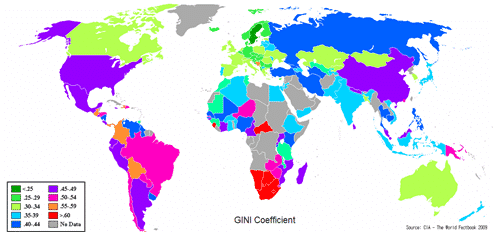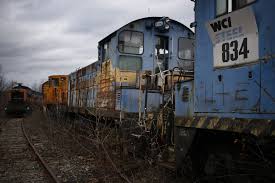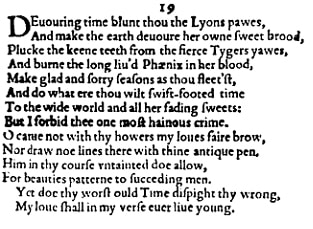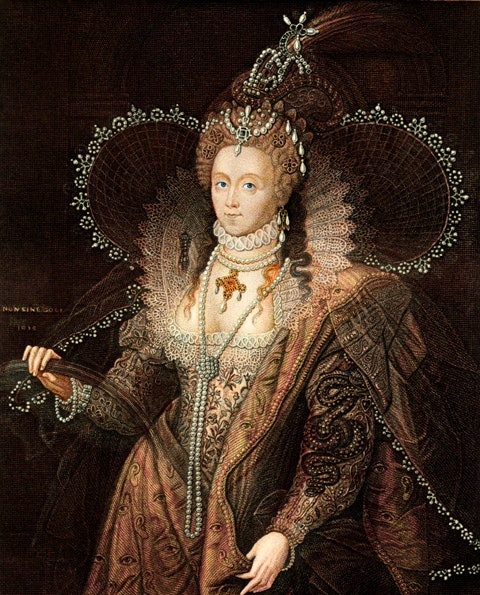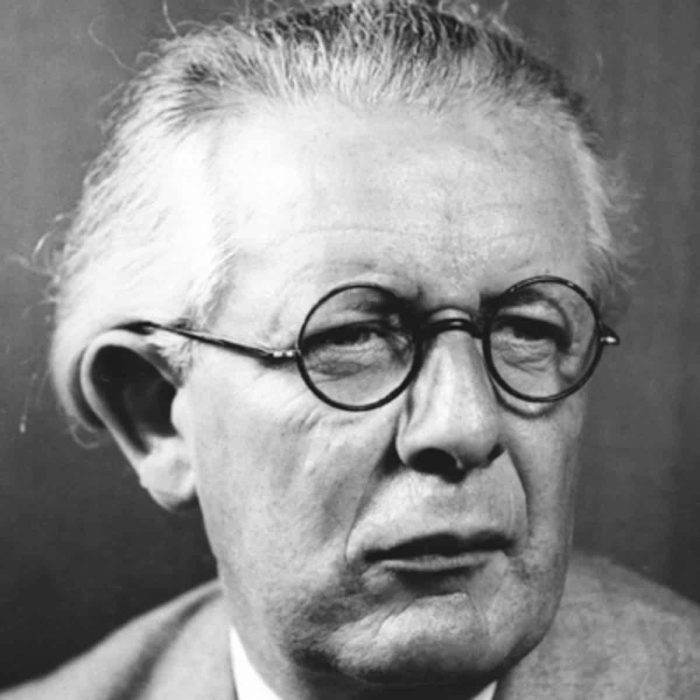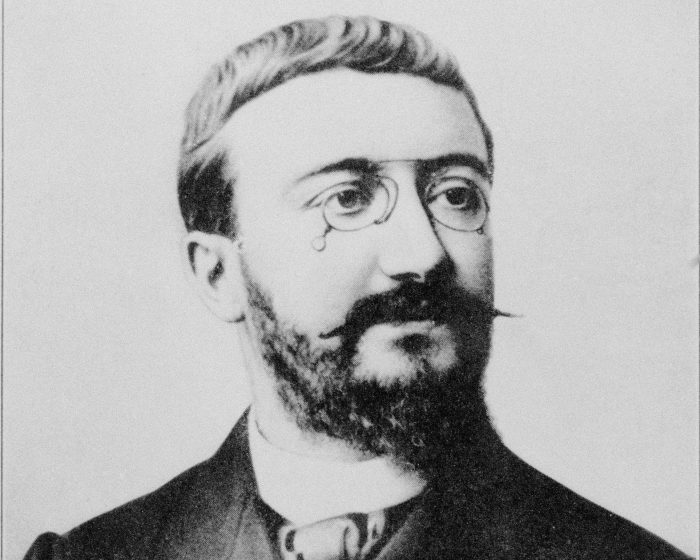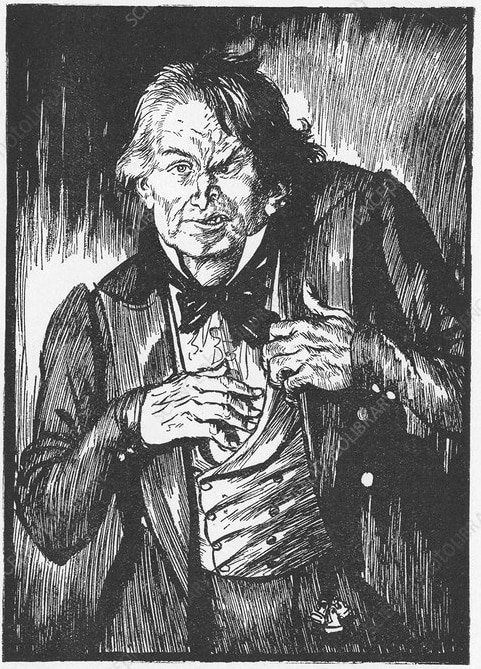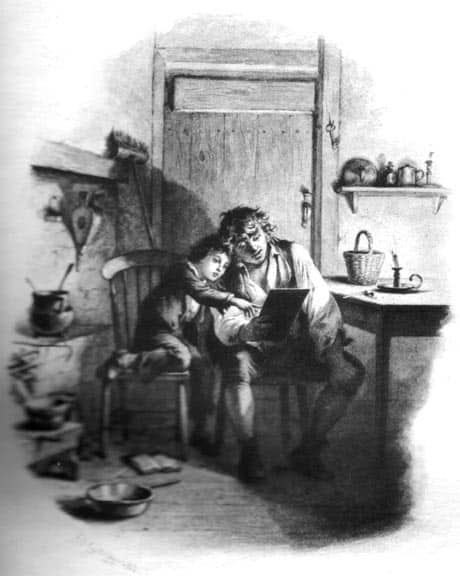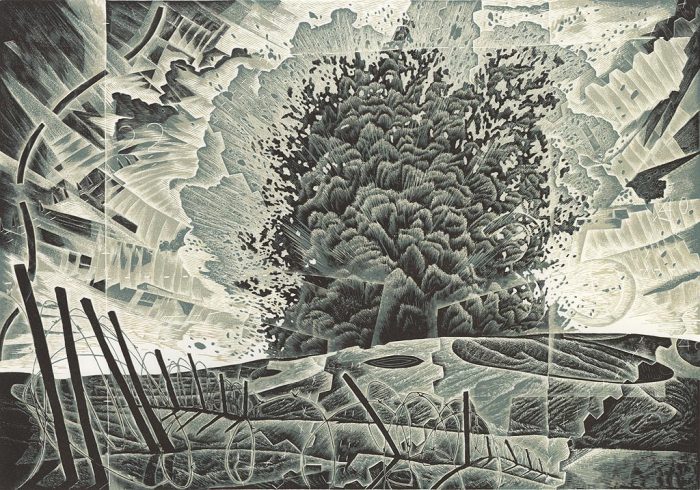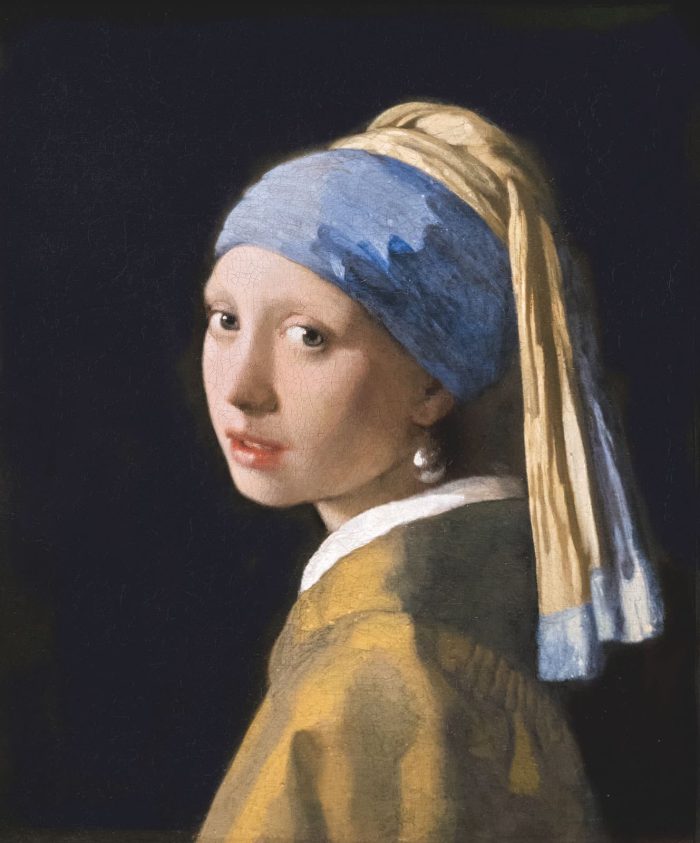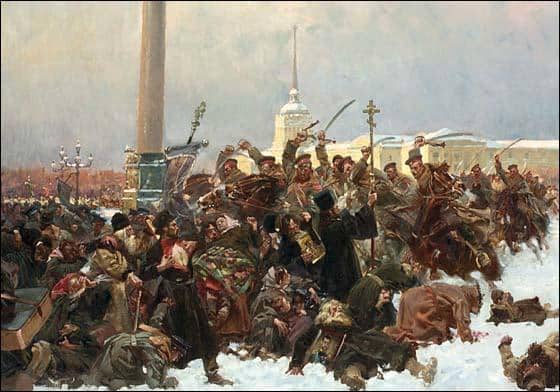William completed his Bachelor of Science and Master of Arts in 2013. He current serves as a lecturer, tutor and freelance writer. In his spare time, he enjoys reading, walking his dog and parasailing.
Article last reviewed: 2022 | St. Rosemary Institution © 2010-2025 | Creative Commons 4.0
Guava Island is directed by Hiro Murai, and was released in 2019. The film was produced by Donald Glover, Fam Udeorji, Carmen Cuba, and Jennifer Roth. A lot of the music in this movie was written and performed by Donald Glover (his music produced under the alter ego “Childish Gambino”) as well as music also…
Alice Dunbar Nelson was born in New Orleans, Louisiana, on July 19th, 1875, and born to parents whose culture was largely that of African American, Anglo, Native American, and Creole heritage. She attended and graduated Dillard University (formerly Straight Univ.) and took up teaching in the public schools in her area. Her unique understanding of…
As seen on the graph, the level of inequality (the metric measured by the Gini coefficient) is dispersed in a largely uneven manner across the globe, with the exception of the clear trends seen in the major players, trade blocks. The entire EU has a very low Gini coefficient, indicating low financial equality throughout. ASEAN…
Deindustrialization has seen the decline of innumerable communities worldwide. The expected impact of deindustrialization is generally a decrease in employment in the secondary sector, a decline in the local economy and a shift towards the tertiary and quaternary sectors. An apt example of this effect can be seen in the USA’s “Rust Belt”, the deindustrialized…
In Shakespeare’s Sonnet 19, we are presented with various themes mainly circulating around the characteristics of the apostrophe of Time, which is personified throughout the poem. The sonnet is split into three quatrains, with the first one attacking Time and its all-consuming nature. The destructive ability of Time is a major theme; throughout the…
Lady Mary Wroth portrays the theme of love in the sonnet Song through the use of various literary techniques and the structural devices. Firstly, the poem centers around the personification of love, giving it human attributes by comparing it to a child. Wroth compares a man’s love to a child through the extended metaphor that…
Generally, learning is defined as any relatively permanent change in knowledge, behavior and thinking skills, which comes through experience. Over the years psychology has played an important role in how learning and education take place, be it formulating the curriculum, instructional design, or policies related to education. Hence it is paramount to understand the learning…
The origins of the field of Educational Psychology can be traced back to the experimental and empirical work on association and sensory activity by the anthropologist Sir Francis Galton, and the American psychologist G. Stanley Hall, who wrote The Contents of Children’s Minds (1883). Other major theorists in the early history of the field include William James, John…
Chapter 1 – Story of the Door Summary: Utterson and Enfield are out for a walk when they pass a strange-looking door. Enfield recalls a story involving the door. In the early hours of one winter morning, he says, he saw a man trampling on a young girl. He pursued the man and brought him…
Fear Stevenson establishes a link between the urban landscape of Victorian London and the mysterious yet horrifying events surrounding Hyde Nightmarish imagery – dark streets twist and coil, lie draped in fog: sinister landscape that befits crime that takes place Hyde is an urban creature that is completely at home in this terrifying environment Science…
From reviewing social studies journals, there seems to be a regular occurrence of Kieran Egan, an educational theorist at Simon Fraser University. While he is employed in British Columbia, he has written numerous pieces that can be viewed by American social studies educators. In many of his articles, Egan expresses that educators would be “educationally…
In Great Expectations (1861) by Charles Dickens, the most noteworthy relationship is the relationship between Pip, the protagonist of the novel, and his father-figure Joe, the humble blacksmith. Throughout the course of the text, this relationship evolves from a warm, brotherly relationship, forged in the fires of adversity, to a distant and fractured one, caused…
Introduction The Yangtze River, or “Child of the ocean” is the longest river in both China and Asia, as well as the third-longest river in the world. The river measures about 6,300 kilometers, with its glacial meltwaters extending from the Tanggula Mountains in Tibet to the East China Sea near the city of Shanghai, and…
Celia Foote represents a woman who, in the eyes of 1960s Southern society, has failed in her primary roles as a female and is thus marginalised because of that. Through her lack of skill in everyday house duties such as, cooking and cleaning, Celia is proven to be pushed aside and ridiculed by majority of…
Wilfred Owen (1893–1918) fought on the western front in World War I (also called the Great War, 1914–18). Owen was admitted to a psychiatric hospital and when discharged he was sent back to the war front. He died shortly before the end of the War on the battlefield. Structure: Stanza one is largely written using regular iambic…
‘The Manhunt’ is read by Laura, wife of Eddie Beddoes. Eddie served as a peace-keeper in Bosnia before being discharged due to injury and depression. Structure: The poem starts with a series of couplets and then the rhyme scheme falters to being mostly unrhymed. This could highlight the disruption the war brought to the couple’s…
Background information: Photosynthesis is the process in which plants go through to produce energy in the form of glucose required to survive. It is a chemical reaction that involves the use of carbon dioxide, water, and light. This process of photosynthesis takes place in the chloroplasts that are found in the leaves of the plant.…
Girl With A Pearl Earring, painted in 1665, by Johannes Vermeer. Vermeer (1632-1675) was a Dutch painter who specialized in painting domestic interior scenes of middle class life, the Dutch word for which is “tronie”. Girl With A Pearl Earring was painted on canvas using oil paint, with a range of whites, yellows, blues, browns,…
From its inception, the Provisional Government – an interim government formed to facilitate a smooth Russian transition into democracy – was plagued by a myriad of obstacles and challenges. Forced by circumstance into having to make some of the most influential decisions of the era – whether or not to continue the war and in…
It is possible to argue that the Tsarist regime was strong in 1914 because of the introduction of reforms under both Alexander III and Nicholas II. Economically too, there was significant growth and development. On the other hand, some historians have argued that the Tsarist regime was already doomed by 1914 as this development came…


